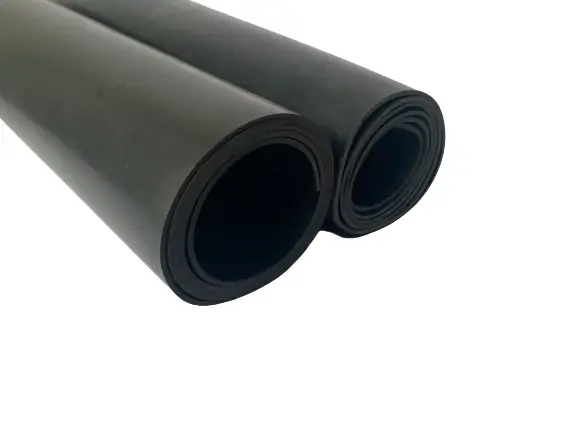Dec . 04, 2024 09:06 Back to list
d weatherstrip
Weatherstripping The Unsung Hero of Home Energy Efficiency
As we move deeper into an era of heightened environmental awareness and rising energy costs, the term weatherstripping has started to gain prominence among homeowners and builders alike. Weatherstripping is a simple, yet effective method to improve a home's energy efficiency while enhancing comfort and reducing heating and cooling expenses.
So, what exactly is weatherstripping? In essence, it refers to the material used to seal the gaps around doors and windows, preventing air leaks and drafts. It can be made from a variety of materials including foam, rubber, felt, and metal, each offering different benefits depending on the application and climate. Weatherstripping plays a crucial role in maintaining indoor temperatures, minimizing energy consumption, and is often a key component in achieving energy-efficient home certifications.
The Importance of Weatherstripping
Excessive air leakage can lead to a significant loss of conditioned air, causing heating and cooling systems to work harder and use more energy. In fact, studies have shown that homes can lose up to 30% of their heating and cooling energy through improper sealing. This statistic should be alarming to any homeowner, not just because of the potential financial burden, but also from an environmental sustainability standpoint. By effectively weatherstripping your home, you can reduce your carbon footprint while simultaneously lowering utility bills.
Additionally, weatherstripping can also improve indoor comfort. A home that is prone to drafts can create cold spots in winter and overly warm areas in summer. By sealing these gaps, homeowners can enjoy a more consistent and comfortable indoor environment. Furthermore, proper weatherstripping also helps reduce noise pollution from outside, creating a quieter and more serene living space.
Choosing the Right Weatherstripping Material
When selecting a weatherstripping material, it is essential to consider the specific needs of your home and the locations of application. Here are some common materials and their best uses
1. Foam tape Ideal for irregular surfaces and spaces, foam tape is self-adhesive, making it easy to apply. It is best for sealing small gaps and works well around windows and door frames.
2. V-strip Also known as tension seal, this material is particularly effective for sealing sash windows and doors. Its flexible design allows it to conform to the shape of the gaps, offering a tight seal.
d weatherstrip

3. Rubber and vinyl These materials are durable and offer excellent thermal resistance. They are well-suited for exterior doors, especially in areas subjected to extreme temperature changes.
4. Metal weatherstripping Often used in combination with other materials, metal weatherstripping provides long-lasting protection, particularly for sliding doors and larger openings.
Installation Tips
Installing weatherstripping is a straightforward DIY project that can be completed in a few hours. Here are some tips for a successful installation
1. Identify gaps Conduct a thorough inspection of your doors and windows during the day when sunlight can help highlight air leaks. You can also use a candle or incense stick to detect drafts.
2. Choose the right type Based on the gaps you find, select the appropriate weatherstripping material that best fits your needs.
3. Follow manufacturer instructions Always adhere to the guidelines provided with your weatherstripping product for optimal results.
4. Regular maintenance Inspect your weatherstripping annually, particularly before winter and summer. Replace any worn or damaged strips to ensure continued effectiveness.
In conclusion, weatherstripping is an invaluable investment for any homeowner looking to improve energy efficiency, comfort, and overall home performance. By sealing those elusive gaps that let in drafts, you not only save on energy costs but also contribute positively to the environment. As the conversation around energy conservation grows, let us not overlook the significance of this humble yet mighty element in the home improvement toolkit.




